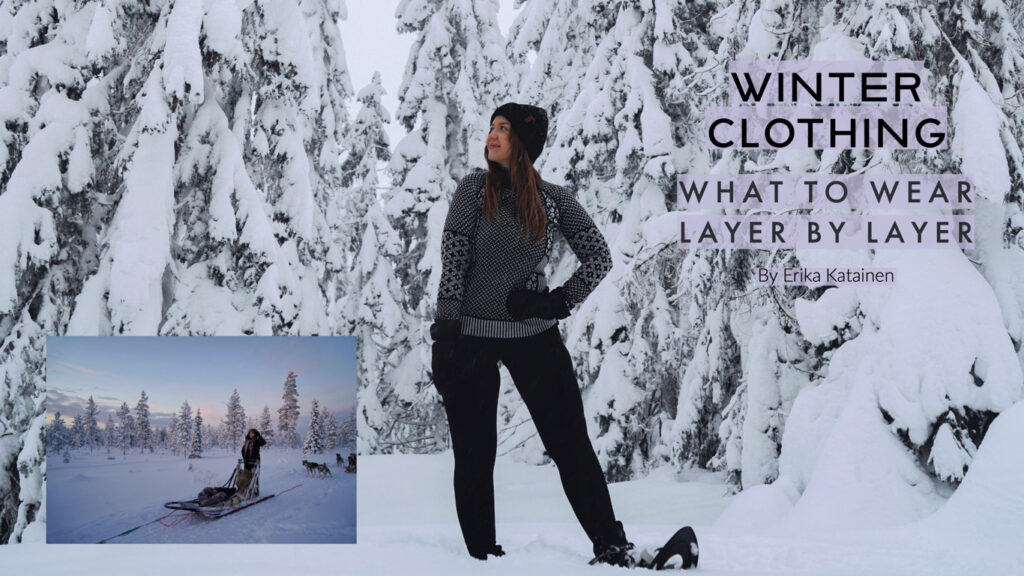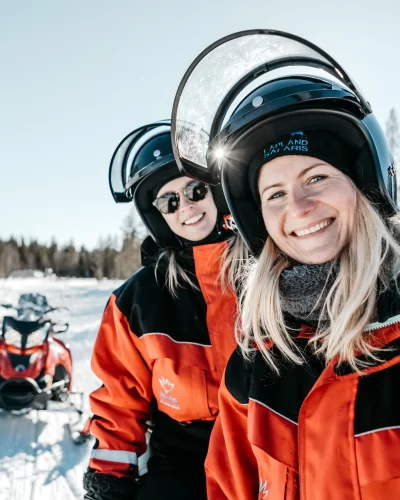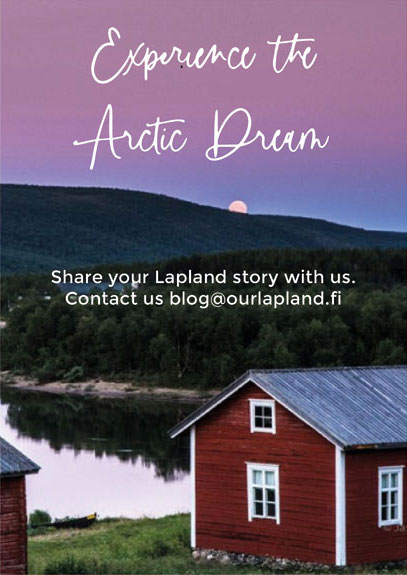Winter clothing in Lapland – what to wear layer by layer
Traveling abroad always comes with some preparations considering the local culture, currency, and things to do, but preparing for the weather conditions is crucial to ensure an abundant and wholesome experience. Here’s a list of what materials and layers to favor from undies to outies.
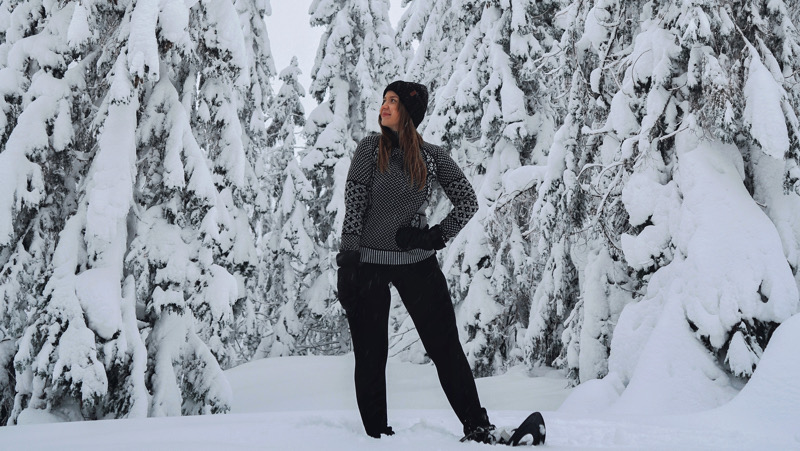
As the classic Finnish saying goes; there’s no such thing as bad weather, only bad clothing. Proper clothing keeps us warm and dry in all conditions, and wearing different layers also gives you the option to layer up and down whenever necessary. The safest bet is to have three layers; base layer, mid layer, and outer layer, which all together ensure happy, warm, and dry outdoor adventures. Additionally, wearing an insulating layer in the winter is necessary to keep the cold out. This comes particularly handy while hiking in the north, as you might need to take some layers off and on, depending on speed, ascend, altitude and weather conditions.
The base layer’s job is to move any moisture from your skin to keep your body dry – even when you’re sweating. If you’re looking to stay warm, you want to stay dry. When it comes to the best materials of the bottom layer AND underwear, merino wool is the best option, as it doesn’t itch, it’s naturally antibacterial and doesn’t smell easily, and moves the moisture to outer layers efficiently. If you’re worried about paying too much for one trip’s layer to Lapland, I assure you, you’ll want to wear it every chance you get. It’s not only amazing for the outdoor adventures, but also for traveling, or chilling at home, too. There are lots of cheap cotton layers on sale, but cotton actually keeps the moisture in itself, which will ultimately make you feel wet and cold.
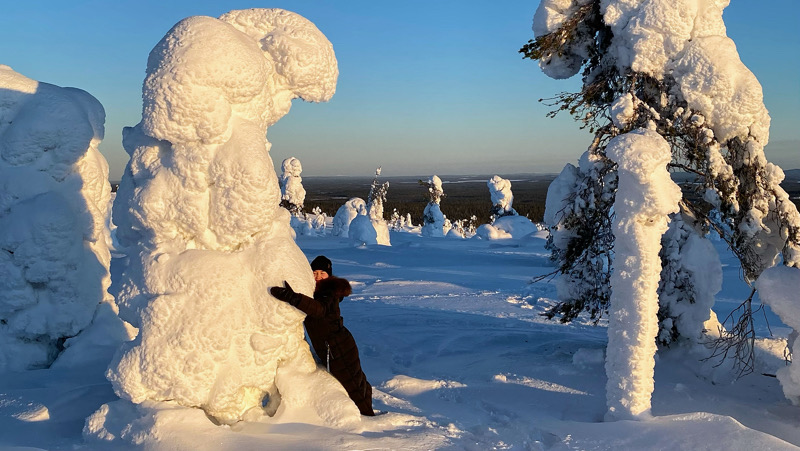
The mid layer clothing is usually insulating and easily wearable, as this is most likely the layer you’ll want to take off and put back on as the conditions change. This layer has two tasks; to continue moving the moisture to the outer layers and keep your body warm. The best materials for this layer are merino wool, wool and fleece. The recommended thickness of the layer is up to you – how warm you want to stay and what kind of activities will you be performing.
The shell layer (gore-tex) protects from wind and rain, plus keeps the warmth within the mid layer inside. The shell clothing should be large enough to fit all the other layers underneath it, but not too big to let the warmth out with the wind. There are many types of shell jackets available, usually with 1 to 3 layers within them. If you’re visiting Lapland in winter and planning on hiking, downhill skiing, or doing other outdoorsy activities, you might want to consider a shell jacket with 3 layers in it. Wearing these three layers is completely enough in autumn and springtime, but if you’re still anxious on your survival, you can always take an extra puffer to wear whenever you’re taking longer breaks from moving your body.
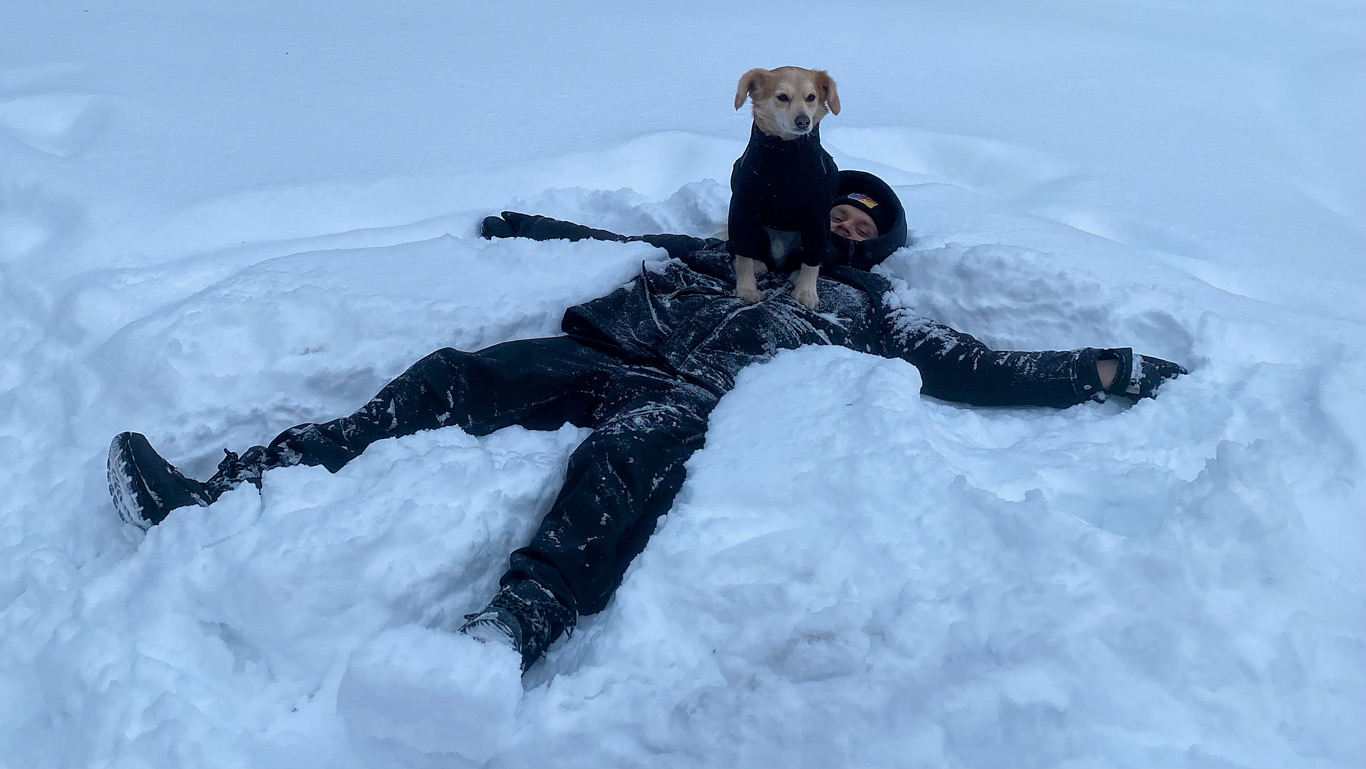
+ The fourth and final winter layer is needed in the coldest time of the year, especially if you’re spending long hours outdoors, going aurora hunting, or on husky and reindeer rides, for example. There are proper winter clothes with wind and rain protection, so depending on your activities, temperature tolerance and the weather conditions, you could skip the shell layer and invest in the other layers. On the other hand, the shell layer is good for sweaty activities that will keep your body warm, but a warmer layer is a must have for breaks, when your own body temperature starts to cool down. Always check the weather forecast and try to estimate how much time you’ll be spending outdoors and on what activities beforehand.
Winter accessories = gloves, beanies, scarves, socks, and shoes, are highly important, and layering in this area is needed whenever you’re spending a lot of time outdoors in cold conditions. Merino wool as the best base layer material applies here, as well. The second layer is thicker and preferably waterproof to ensure dry and warm hands and feet. It’s also good to take extra accessories along your adventures, in case one pair gets wet or goes missing. Winter shoes or boots should be waterproof, high top and include a warm lining and insole. The sole of a shoe should also have a good grip for the icy conditions of the winter wonderland. Winter boots with spikes are quite popular, but keep in mind that you’re not allowed to walk indoors (e.g., stores) with them on. Alternately, a pair of ice and snow grips/cleats will do the job and saves you from having to have multiple shoes to carry around.
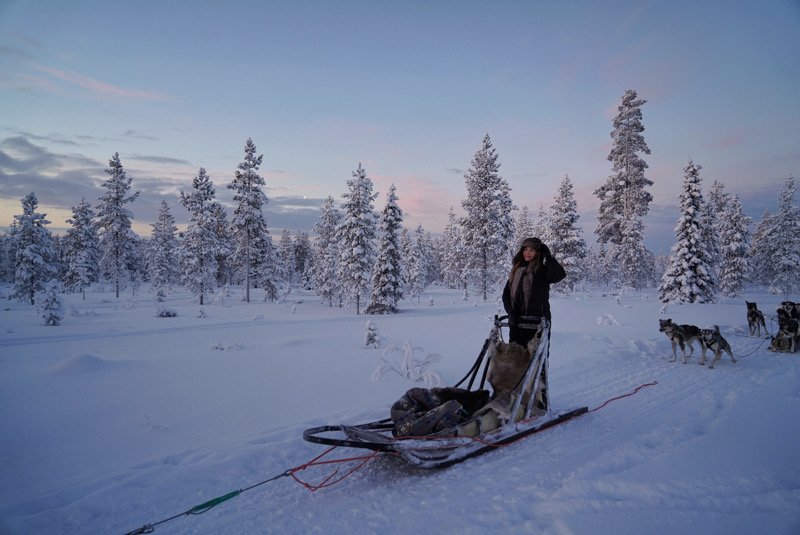
On top of clothing – Good company and positive mindset will make your snowy days even warmer 🙂
⇐ By Erika Katainen / Visit Lapland ⇒



